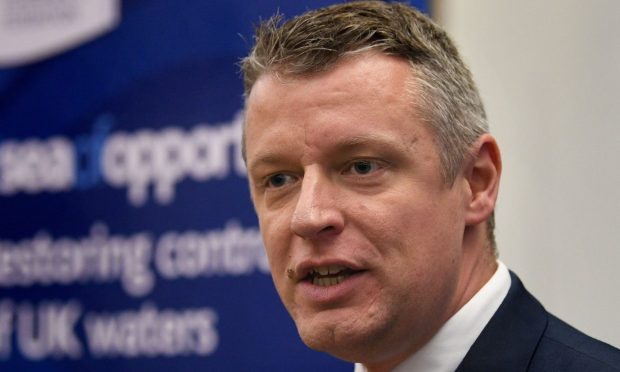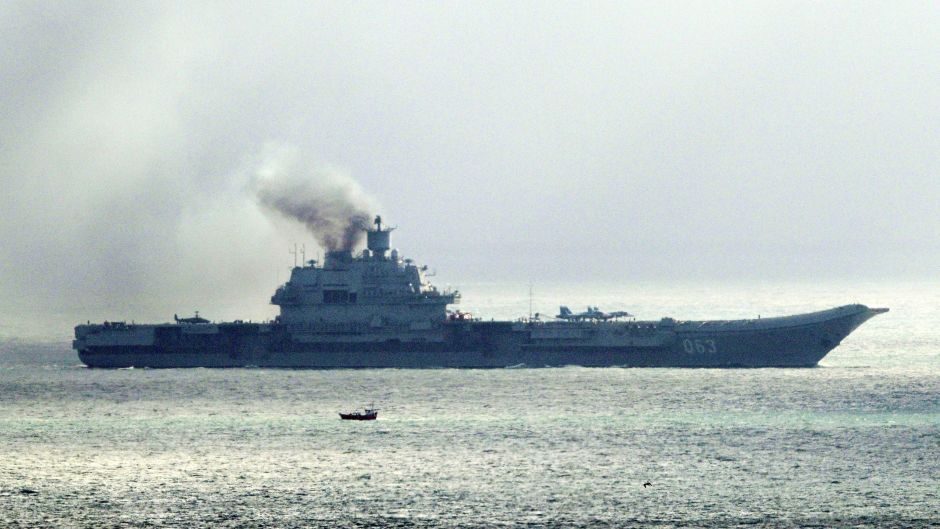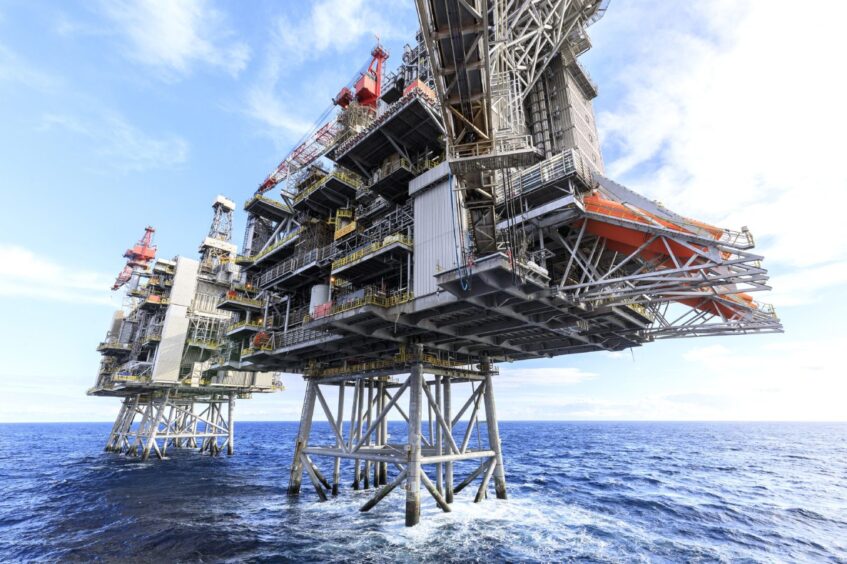Vital national infrastructure in Scottish waters is at risk from Russian aggression, the new armed forces minister claims.
Luke Pollard identified data-carrying subsea cables in the North Sea and Atlantic as a potential weak spot which could cause major economic damage if targeted.
He outlined the changing nature of conflict in a briefing on the next defence review, spending pressures and emerging risks from Vladimir Putin’s regime.
“Most people think our data goes via satellites, the vast majority of the data goes via undersea cables,” he said.
“There is a real risk to our critical national infrastructure if we don’t have the capabilities to defend that infrastructure.
“That would be a change in capabilities we seek to invest in more, as our allies are doing. But our opponents are doing that as well.”
Russian spy ships
Spy vessels have previously been spotted in the North Sea, mapping subsea cables, power lines, turbines and rig infrastructure.
The Royal Navy has one new ship, RFA Proteus, designed to help launched automated vehicles to protect those assets.
But with spending under serious pressure, defence analysts have warned gaps are emerging.
Mr Pollard, now part of the Ministry of Defence, said it is not an abstract threat, raising concerns about activities close to northern Scotland.
“That’s a risk we have by having so much of our data flow through subsea cables,” he said.
“We now need the capability to protect those and that means understanding where the weak spots are and how to defend them.
“But also understanding how any aggressor may chart and identify any vulnerabilities and deploy action against those vulnerabilities in the future.
“That’s one of the reasons RAF Proteus is such an important first ship to look at how we defend that infrastructure.
“That is not an abstract threat. That is something we know is a risk.”
A defence review is due to report back in the first half of next year before the Treasury can commit funds to specifics the following October.
The war in Ukraine has already led to defence equipment being sent from the UK, including two mine hunter vessels based in Scotland.
The future is more likely to involve remotely operated mine hunters, drones and other automated systems, particularly underwater.
Asked how worried people should be about future conflict, Mr Pollard said the war in Ukraine is a “wake-up call” to every country.
“There are rising tensions in the Middle East and we know there are further risks in the Indo-Pacific,” he added.
“There are genuine risks that affect our way of life.”



Conversation